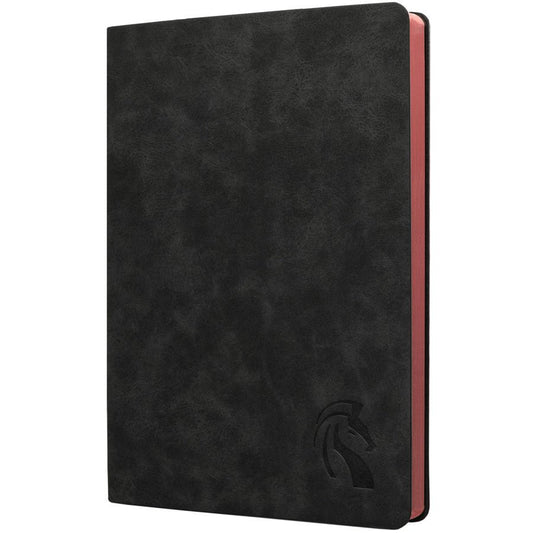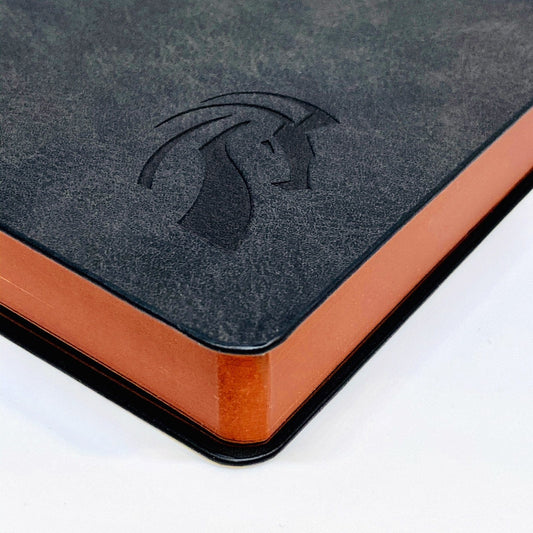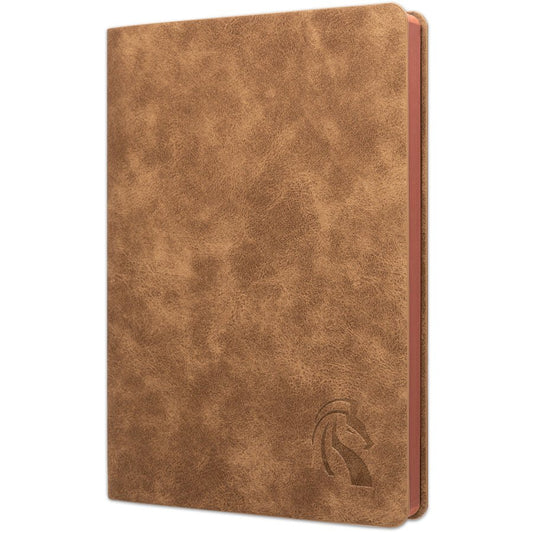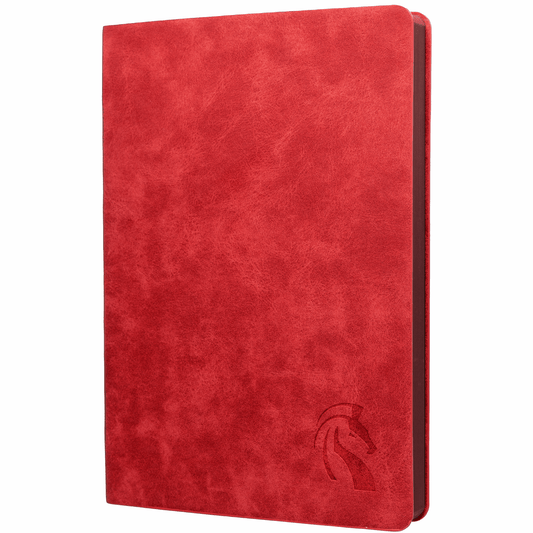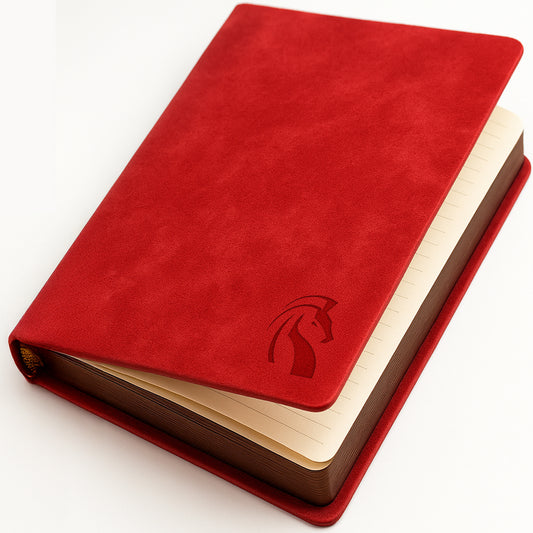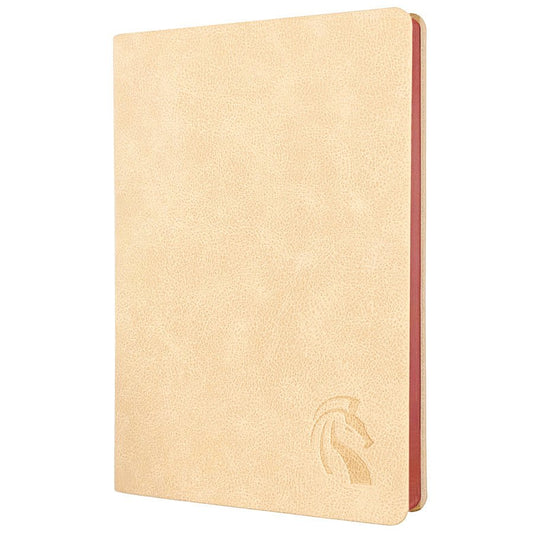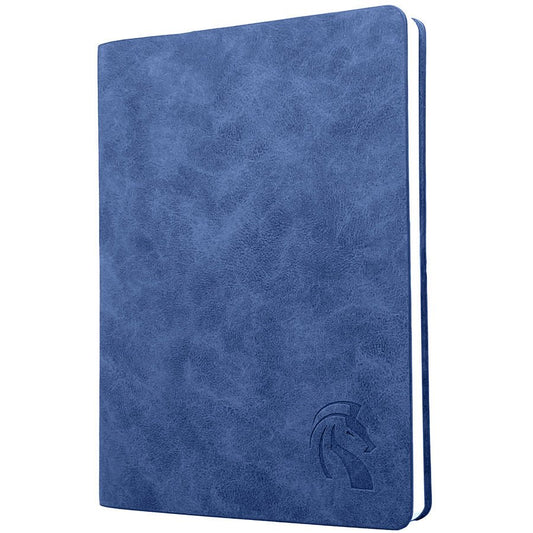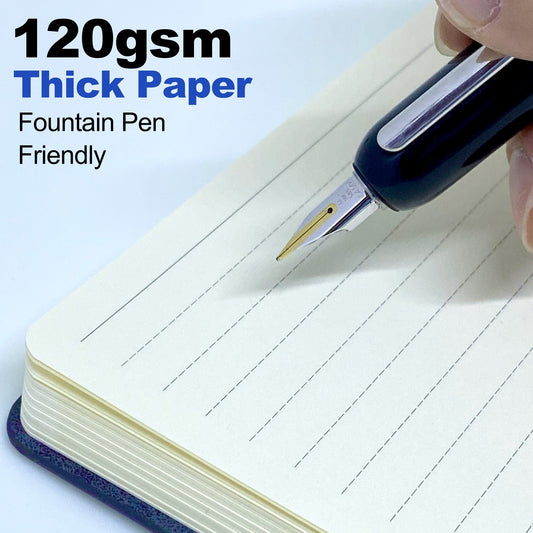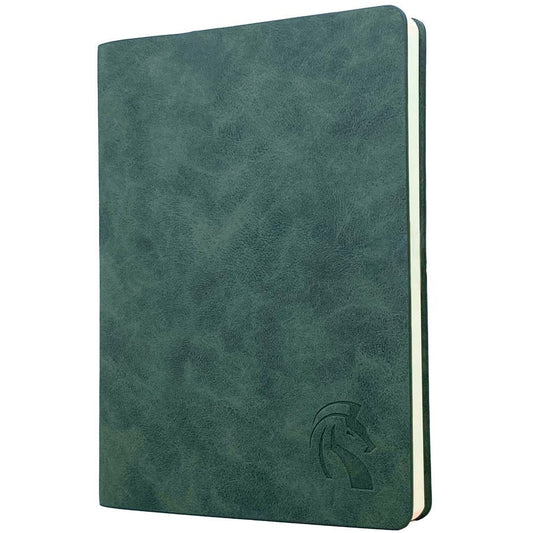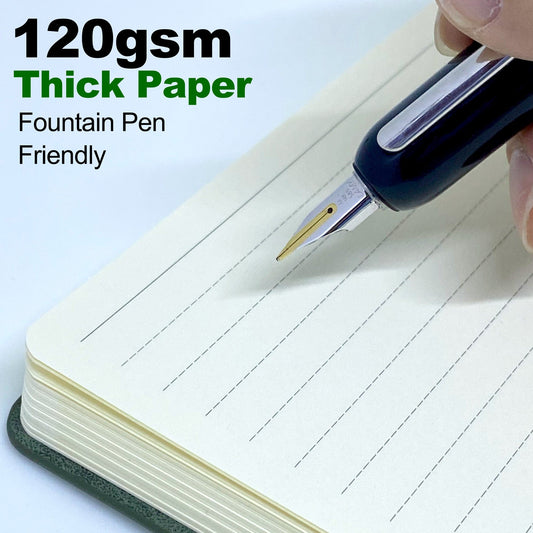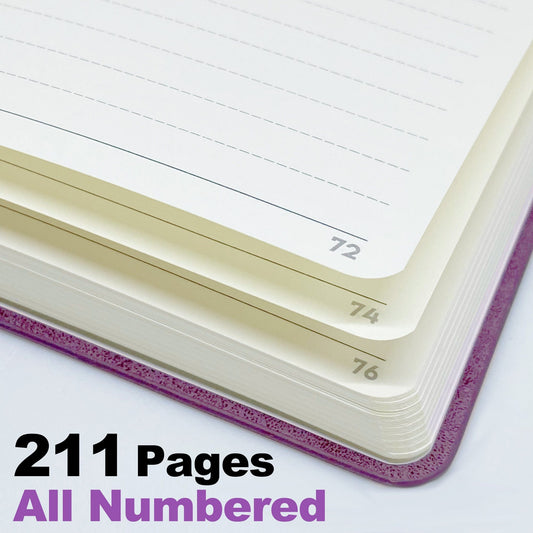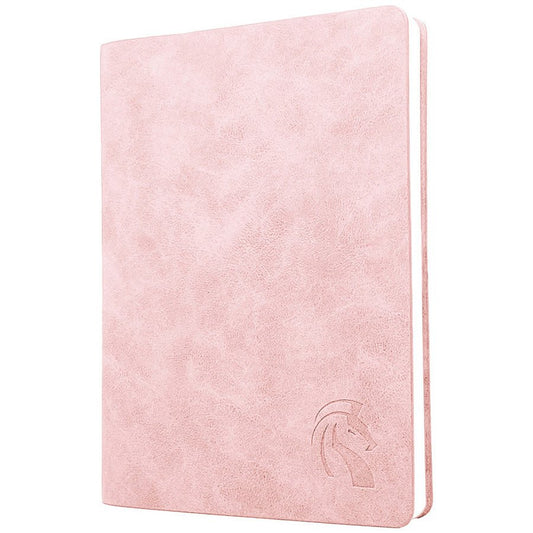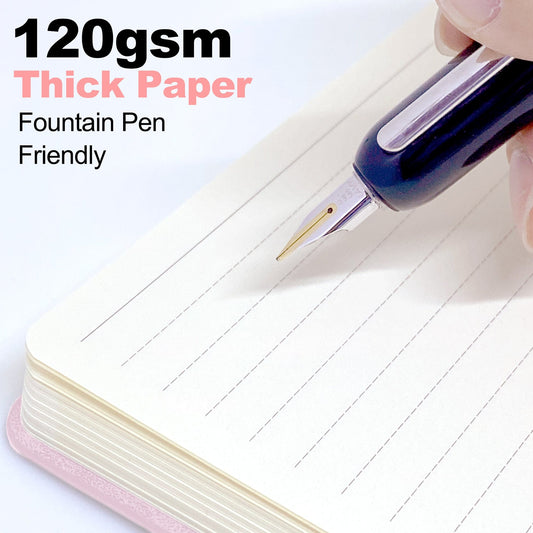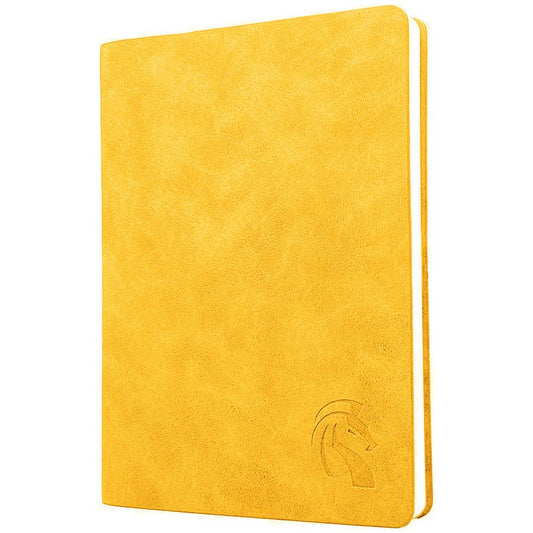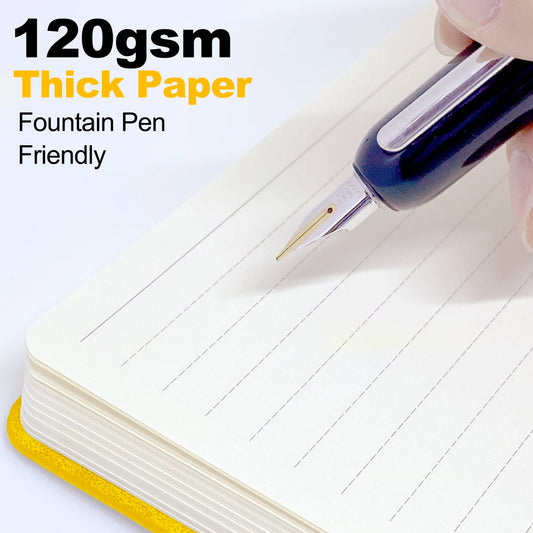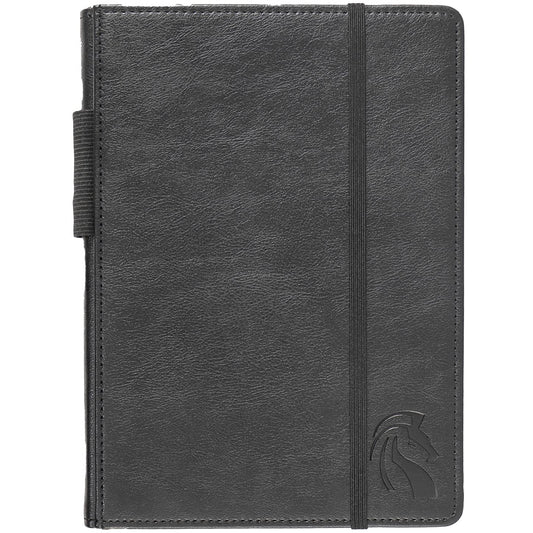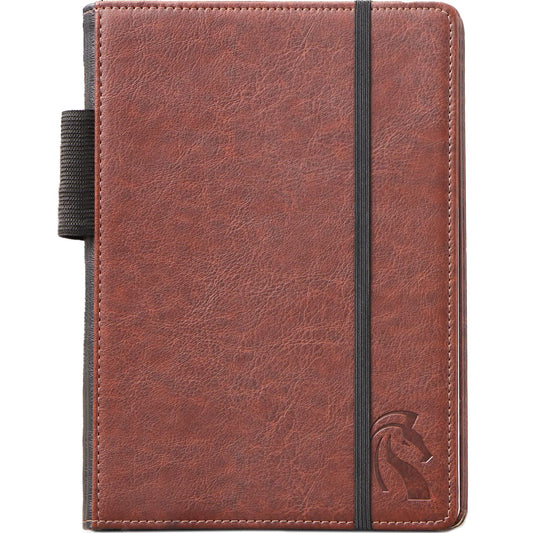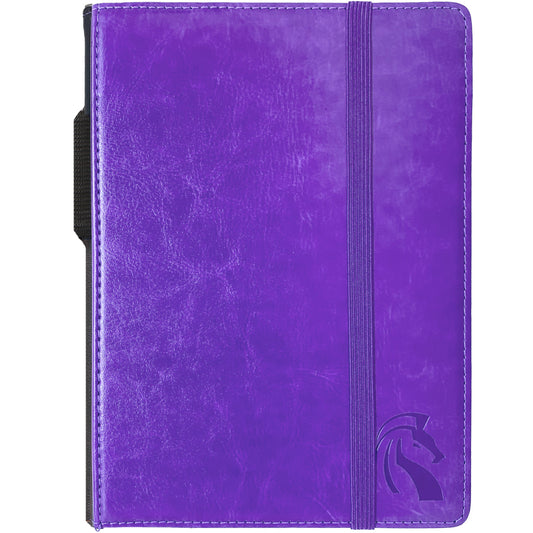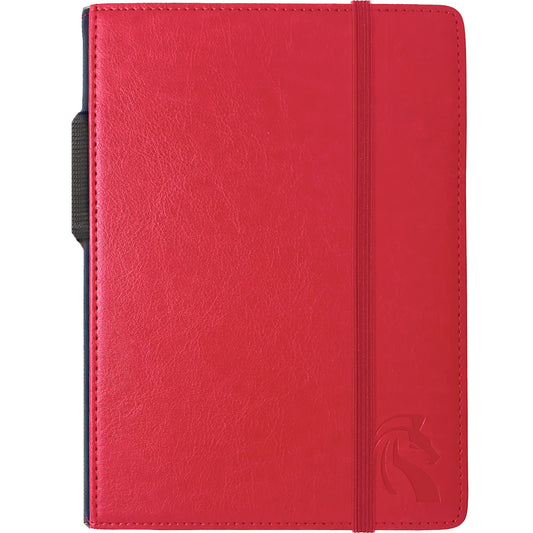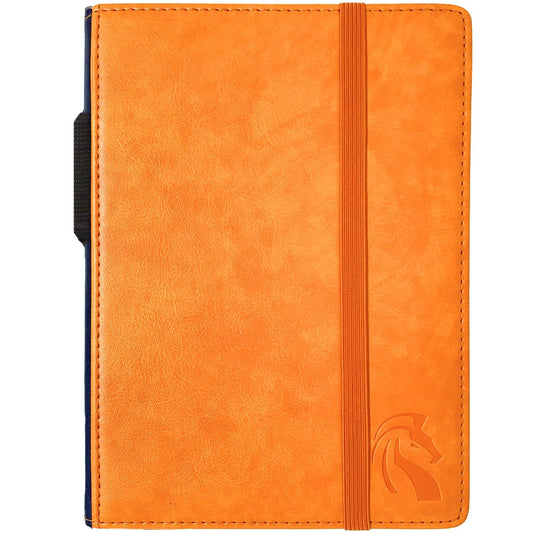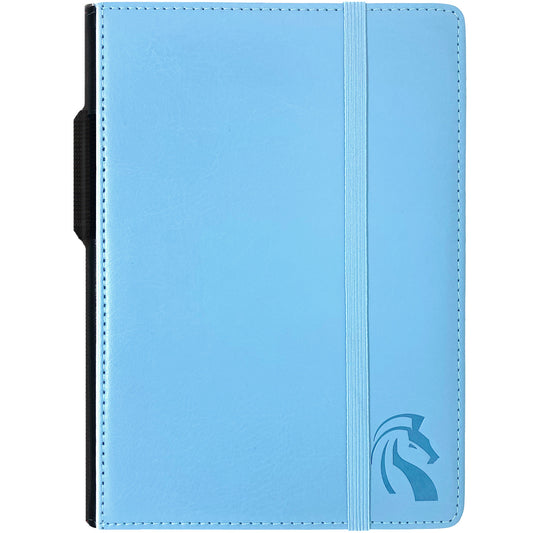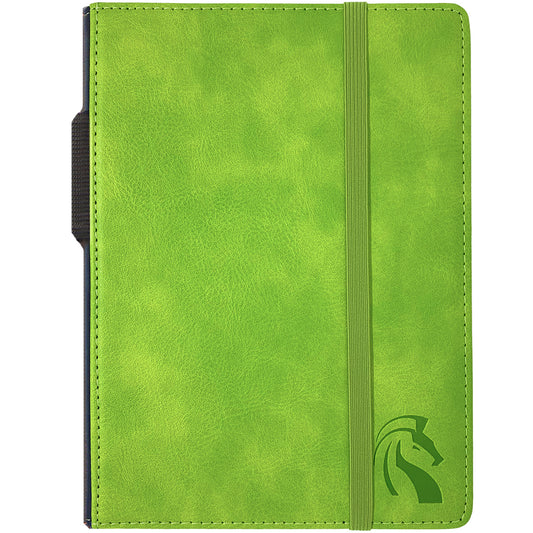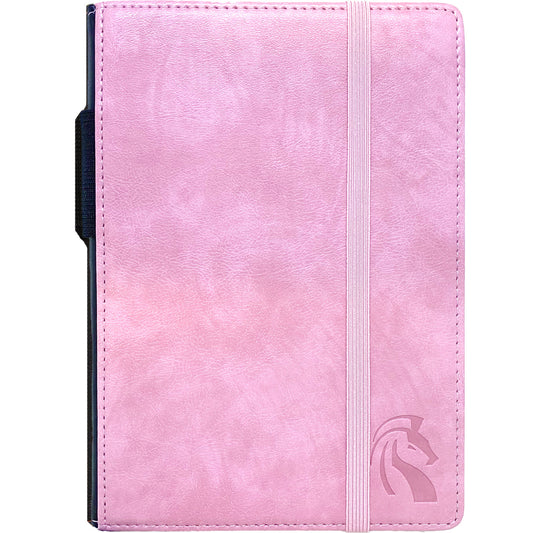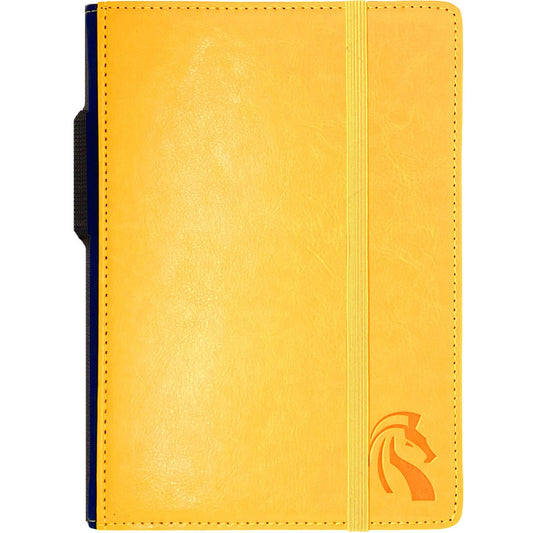Introduction
A breakup can feel like an emotional whirlwind—leaving you with a mix of pain, confusion, and loss. Whether it’s your first heartbreak or another chapter in your ever-changing journey, the emotional toll can be massive. During this time, finding a safe space to process your feelings is essential.
A journal notebook provides an outlet for self-reflection, self-care, and healing. Writing down your thoughts, emotions, and experiences allows you to express the pain, make sense of the past relationship, and create a path forward. Journaling is more than just writing—it’s an effective schedule for emotional healing, a place to honor your experiences, and a tool to rebuild confidence and resilience.
One of the best ways to journal through breakups is by using a high-quality notebook like LeStallion’s journal. With 211 pages, thick 120GSM wood-free ivory paper, and a soft faux leather cover, it offers the perfect space to release emotions, set new goals, and regain a sense of self.
Why Journaling is a Powerful Tool for Healing from a Breakup
After a breakup, you might feel broken, lost, or unsure of your next step. The process of moving on can feel overwhelming, but journaling provides a way to navigate this emotional storm. Writing helps you understand your pain, validate your own experiences, and gain clarity on your emotions.
How Journaling Helps the Healing Process:
- Processing emotions: Writing down your anger, sadness, or relief helps release these feelings instead of keeping them bottled up.
- Self-reflection: Understanding what went wrong in the relationship prevents repeating past patterns in future relationships.
- Building self-worth: Breakups can impact confidence—journaling reminds you of your strengths, qualities, and personal growth.
- Creating new goals: A journal notebook helps you set future aspirations—whether for self-improvement, relationships, or career goals.
Using a LeStallion journal, with its numbered pages and built-in table of contents, makes it easy to track your progress over time. You can revisit old entries, reflect on your growth, and see how far you’ve come on your healing journey.
Common Challenges After a Breakup and How Journaling Helps
Breakups can trigger a wave of emotions—some expected, others completely surprising. From feeling a sense of loss to questioning your self-worth, this period can bring plenty of challenges. However, journaling provides a structured way to deal with these emotions.
Common Post-Breakup Challenges:
- Feeling stuck in the past: Your mind keeps revisiting old memories, making it hard to move forward.
- Doubting your self-worth: You may feel like you're not good enough or struggle with self-confidence.
- Loneliness and emotional void: Losing a partner can make daily life feel empty.
- Suppressing emotions instead of processing them: Avoiding painful emotions can lead to long-term issues like unresolved grief.
How a Journal Helps Overcome These Challenges:
- Writing about past relationships provides closure and clarity.
- Journaling your strengths and achievements reminds you of your self-worth.
- Expressing gratitude helps shift your focus to the good things in life beyond your breakup.
- Creating a vision for your future helps rebuild your confidence and motivation.
LeStallion’s dashed lined pages provide a structured layout, allowing you to express emotions freely while keeping your thoughts organized.
A Personal Healing Journey: The Story of Mia
Mia had been in a long-term relationship for over five years. When it ended, she felt completely lost. Her days blurred together, filled with self-doubt and grief. Nights were the hardest—memories of her partner would flood her mind, making it difficult to sleep.
Feeling stuck, Mia picked up a journal notebook and started writing. At first, her entries were filled with pain and confusion. She wrote about how angry she felt, how she didn’t know what went wrong, and how she missed their shared life.
Over time, journaling became her safe space. She started using journal prompts to explore her emotions:
- "What are three lessons I learned from this relationship?"
- "What are five things I love about myself?"
- "How can I practice self-care today?"
As she wrote, her perspective shifted. She started setting new goals, making self-care a priority, and reconnecting with friends. She also forgave herself—realizing that breakups are a natural part of life’s ever-changing journey.
Mia’s LeStallion journal became her most treasured companion. Its soft faux leather cover felt like comfort in her hands, and its back pocket stored keepsakes that reminded her of personal growth rather than loss.
Months later, Mia reflected on her journaling journey. What started as an emotional outlet had transformed into a guide for healing, self-improvement, and new beginnings.
How to Journal Effectively for Breakups and Healing
Journaling is a powerful self-reflection tool, but writing aimlessly can sometimes feel overwhelming. To maximize its benefits, having a structured approach to journaling ensures that your emotions, thoughts, and healing process flow in a constructive way.
Tips for Effective Journaling After a Breakup:
-
Start with a daily check-in:
Each day, write about how you’re feeling. Describe your emotions without judgment—whether you’re angry, heartbroken, hopeful, or confused. Over time, this will help you recognize patterns in your healing journey.
-
Use breakup journal prompts:
Sometimes, it’s hard to know what to write. Using journal prompts can help guide your self-reflection and healing. Here are some powerful prompts:
- "What were the biggest lessons I learned from this relationship?"
- "How can I practice more self-care this week?"
- "What qualities do I want in future relationships?"
- "What are three things I love about my own life right now?"
-
Write letters you’ll never send:
One effective healing strategy is to write a letter to your ex-partner that you never send. Express everything you feel—whether it’s pain, gratitude, or closure. Then, write another letter to your future self, offering words of encouragement.
-
Practice gratitude journaling:
Even in heartbreak, there are things to be grateful for. Writing a list of small joys—like good friends, cozy nights, or your favorite coffee shop—can help shift your focus from loss to abundance.
-
Set new goals and affirmations:
Breakups often leave a void in your life. Filling that void with new goals (whether in career, hobbies, or self-growth) can create a sense of purpose. Write down affirmations such as:
- "I am worthy of love and happiness."
- "My healing journey is unique and valid."
- "Each day, I become stronger and more resilient."
With LeStallion journals, the 7.5mm wide lines provide just enough space to write freely while staying organized, making it easier to structure your thoughts.
The Emotional Phases of Healing and How Journaling Helps
Healing from a breakup is not linear. Some days will be filled with strength, while others will feel like an emotional setback. Understanding these phases and how journaling can assist at each stage can make the process easier.
1. Shock and Denial
At first, the reality of the breakup may not fully sink in. This phase is often filled with numbness, disbelief, and confusion.
💡 Journaling Tip: Write down the facts of the breakup. What happened? Why did it end? This helps you move from denial to acceptance.
2. Anger and Resentment
Once reality sets in, you may feel anger toward your ex, yourself, or even life in general.
💡 Journaling Tip: Use your notebook as a safe space to vent your emotions. Writing about anger helps release the energy in a constructive way.
3. Grief and Loneliness
This is the hardest stage, where feelings of sadness, nostalgia, and loss surface. It’s normal to miss your partner and mourn the relationship.
💡 Journaling Tip: Start a self-care list in your journal—things that make you feel safe, warm, and cared for. It can be as small as wearing comfy clothes, drinking tea, or rewatching a funny movie.
4. Acceptance and Growth
Eventually, a new sense of normalcy begins to emerge. You start envisioning a future without your ex and feeling hopeful again.
💡 Journaling Tip: Write about your future goals—from new hobbies, relationships, or self-improvement plans. A journal acts as a vision board for your next chapter.
LeStallion’s built-in table of contents makes it easy to look back at entries from each phase, giving you a clear perspective on how much you’ve grown.
Transforming Pain into Personal Growth Through Journaling
The end of a relationship doesn’t mean the end of your happiness. It’s an opportunity for personal growth, self-discovery, and building a stronger sense of self.
How a Journal Notebook Helps You Grow After a Breakup:
- Recognizing unhealthy patterns in past relationships
- Building self-awareness about what you truly need in a partner
- Processing emotions without burdening friends or family
- Finding new hobbies, interests, and passions
- Developing a deeper relationship with yourself
Journaling is not just about healing—it’s about rediscovering who you are outside of the relationship. By documenting your journey, you’ll gain clarity, resilience, and motivation for the next chapter of your life.
LeStallion’s wood-free ivory-colored pages provide a luxurious writing experience, making your journal feel like a trusted companion on this path of self-discovery.
Final Thoughts: Your Healing Journey Starts Here
Breakups are painful, but they are also stepping stones to self-growth, healing, and transformation. A journal notebook is more than just paper and ink—it’s a sanctuary for emotions, thoughts, and new beginnings.
By using a LeStallion journal, you’ll have a safe space to:
✅ Process emotions at your own pace
✅ Set new goals and embrace self-improvement
✅ Rebuild confidence and self-worth
✅ Honor your healing journey
The pages of your journal will hold not just your past, but your future, dreams, and resilience. Your story is still being written—make sure it’s a powerful one.
Other Related Collections
Journal notebook for home organization |
Journal notebook for travel journaling |
Journal notebook for eco-conscious living |
Journal notebook for digital detox |
Journal notebook for dating and love life |
Journal notebook for long-distance relationships |
Journal notebook for friendship reflections |


